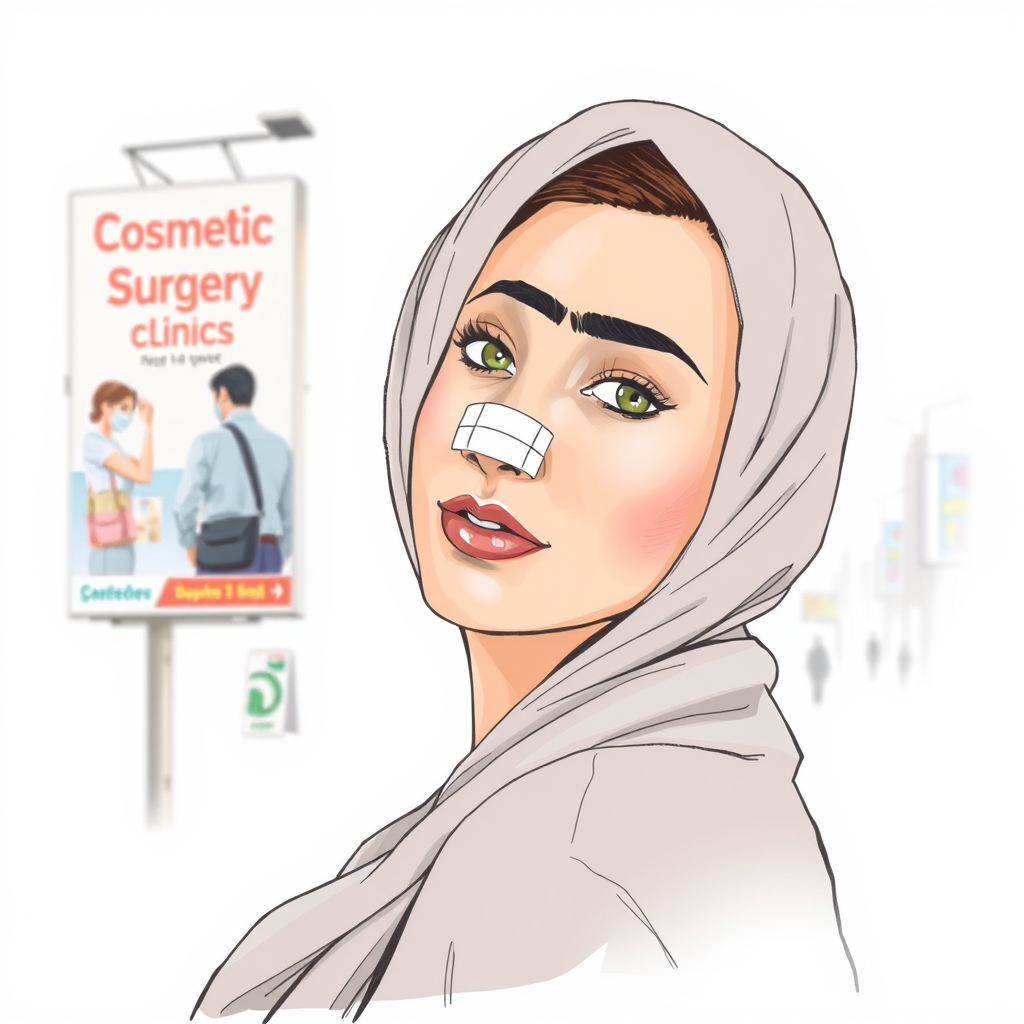Iranian Women, Beauty Standards, and the Nose Job Boom

The Pursuit of Beauty and Status: Iran’s Rhinoplasty Boom
Tehran – A striking trend is reshaping beauty standards and social perceptions within Iran: a surge in rhinoplasty, commonly known as a nose job. Driven by a complex interplay of societal pressures, economic factors, and a desire for enhanced social standing, the procedure has become remarkably commonplace, even as the nation grapples with economic hardship and political restrictions.
The phenomenon is particularly pronounced among women, who, since the 1979 Islamic Revolution, have faced strict dress codes requiring modest attire and head coverings. This has inadvertently focused attention – and societal judgment – on the face, making it a primary canvas for self-expression and a key determinant of perceived beauty. For many, altering the “Persian nose” – a term used to describe a nose with a prominent dorsal hump – is seen as a pathway to greater opportunities and respect.
Azadeh, a 29-year-old model, exemplifies this trend. She, like many women in her family, underwent rhinoplasty, reporting a significant boost in her career and income. “After the operation, not only have I earned myself a modelling job with better social standing but I’m also earning three times more and I’m more respected by clients,” she shared, requesting anonymity due to the social sensitivities surrounding her profession.
The scale of this cosmetic surgery boom is significant. According to the US-based International Society of Aesthetic Plastic Surgery (ISAPS), Iran performed over 264,000 cosmetic procedures in 2023, with rhinoplasty leading the way. Billboards advertising beauty clinics are ubiquitous in Tehran and other cities, and individuals with bandaged noses are a common sight on the streets.
Surgeons like Hamidreza Hosnani, who performs up to 20 rhinoplasties a week, describe the procedure as a cultural trend increasingly tied to social identity and status. This trend has been amplified by recent events, including the widespread protests following the death of Mahsa Amini in 2022, which saw increased defiance of strict dress codes.
Despite economic challenges – including soaring prices, a plunging currency, and international sanctions – rhinoplasty remains relatively affordable in Iran, costing up to $1,000 – significantly less than in many other countries. This accessibility, however, is shadowed by growing concerns about unregulated clinics and potential risks.
Recent reports detail arrests of unlicensed practitioners and the closure of operating theaters due to unauthorized procedures. Tragically, three women died in a single day in November 2023 during cosmetic surgeries in Tehran, highlighting the dangers of seeking procedures from unqualified professionals.
The pursuit of beauty isn’t limited to women either. Bahador Sayyadi, a 33-year-old accountant, is taking out a loan to finance a hair transplant before his wedding, reflecting a growing expectation for men to also prioritize their appearance.
While the desire for self-improvement is universal, the Iranian context reveals a more complex narrative. The surge in cosmetic surgery isn’t simply about vanity; it’s a response to societal pressures, a means of navigating restrictions, and, for many, a pathway to economic and social advancement. The situation underscores a poignant reality: in a society where self-expression is often curtailed, individuals are increasingly turning to physical alteration to assert control over their identities and improve their prospects. The need for greater regulation and oversight within the cosmetic surgery industry is paramount to ensure patient safety and ethical practices.